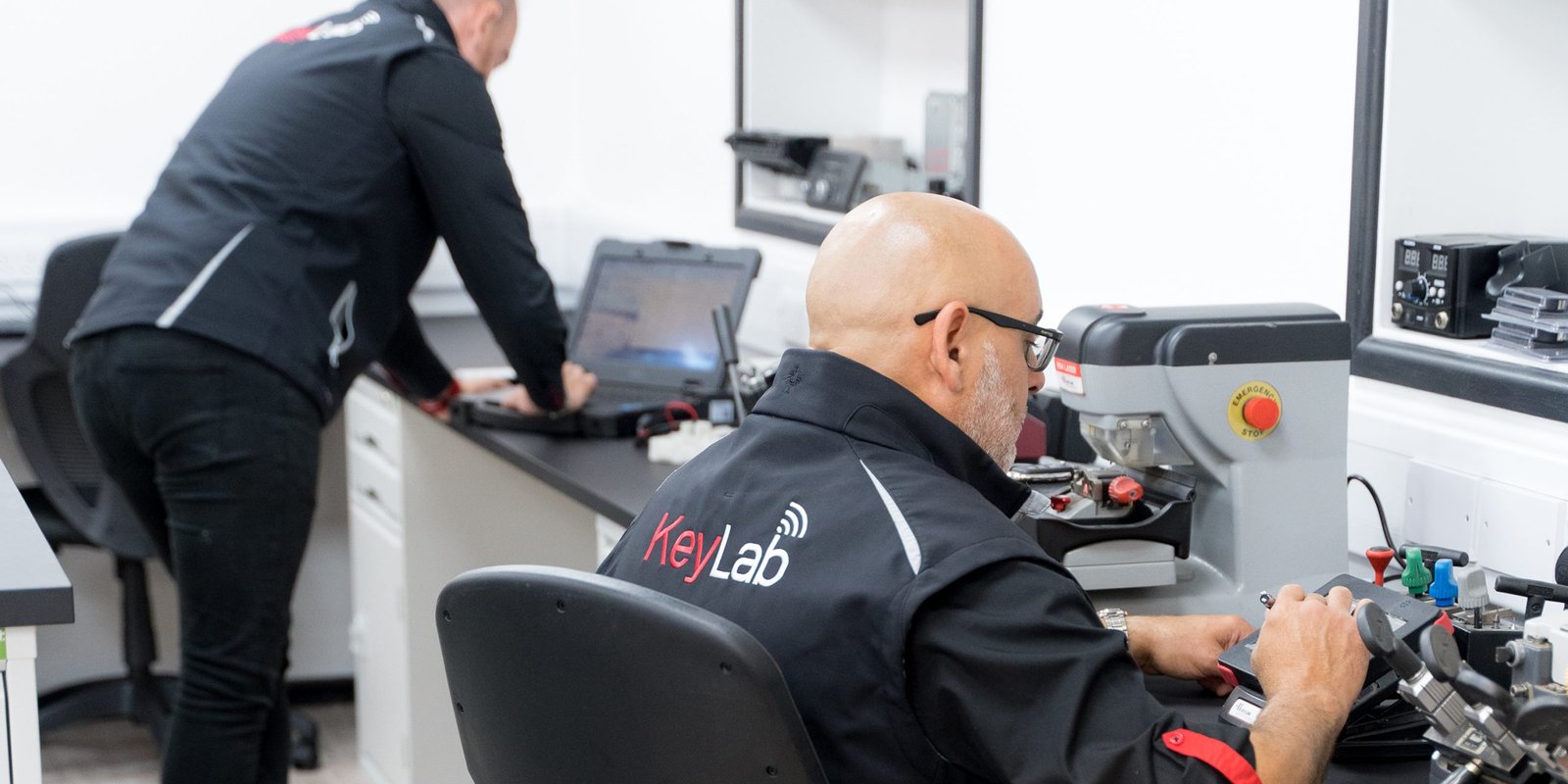Key Replacements: An In-Depth Guide to Understanding and Implementing Effective Substitutions
Introduction
In the world of various markets-- from automotive to innovation-- the term "key replacements" signifies the practice of substituting a failing or inadequate component with a new or enhanced variation. Understanding key replacements is vital for preserving functional efficiency, enhancing performance, and guaranteeing safety. This article explores the different elements of key replacements, exploring their significance, application methods, and typical questions surrounding the topic.
What Are Key Replacements?
Key replacements describe the process of substituting a critical element within a system, device, or machinery that is pivotal to its functionality. These replacements can occur in multiple sectors, consisting of automotive, technology, and even human resources. By proactively recognizing and changing essential parts, organizations and people can prevent system failures, preserve effectiveness, and boost security.
Importance of Key Replacements
The value of key replacements can not be overstated; they serve different functions that add to the total effectiveness of systems. Some of their vital functions consist of:
- Preventing System Failures: Key replacements help avoid disastrous failures by addressing damaged or malfunctioning elements before they develop considerable problems.
- Enhancing Performance: Upgrading to more recent elements can enhance system efficiency, causing enhanced output and efficiency.
- Cost-Efficiency: Effective replacements can lower repair costs, prolong the lifespan of the entire system, and ultimately conserve cash.
- Safety Assurance: In sectors like automobile and machinery, key replacements guarantee that safety standards are kept, decreasing risks to personnel and users.
- Compliance: In regulated markets, timely replacements may be a legal requirement to satisfy safety standards.
Key Replacement Strategies
Executing key replacements efficiently requires a tactical method that lines up with the operational objectives of an organization. Below are numerous strategies to think about:
1. Routine Maintenance and Inspections
Performing routine maintenance and assessments can help identify components that might require replacement before they stop working. A distinct maintenance schedule must consist of:
- Visual Inspections: Check for noticeable indications of wear or damage.
- Efficiency Monitoring: Track the functioning of key parts.
- Usage Analysis: Keep records of how typically a component is utilized, which can anticipate wear patterns.
2. Data-Driven Decision Making
Using data analytics can assist organizations make informed decisions relating to when to replace key parts. Executing systems for information collection can lead to:
- Predictive Maintenance: Identifying potential failures before they happen using historic data.
- Expense Analysis: Evaluating the cost ramifications of repairing versus changing elements.
3. Collaboration with Suppliers
Developing strong relationships with providers and producers guarantees access to quality elements and timely replacements. Appropriate partnership can lead to:
- Favorable Terms: Negotiating better costs and terms.
- Quality Assurance: Gaining self-confidence in the quality and reliability of replacement parts.
4. Training and Education
Informing and training staff members included in the replacement process can substantially improve efficiency. Supplying info on best practices and brand-new innovations can help ensure:
- Maximized Efficiency: Employees understand the optimum techniques for changing components.
- Lowered Errors: Minimized danger of mistakes during the replacement procedure.
Types of Key Replacements Across Industries
Key replacements vary throughout industries, each with its particular elements and practices. Below are some typical types in different sectors:
Automotive Industry
| Element | Replacement Reason |
|---|---|
| Engine Oil | Avoid wear and enhance performance |
| Brake Pads | Make sure security and responsiveness |
| Tires | Enhance traction and fuel efficiency |
Innovation Sector
| Part | Replacement Reason |
|---|---|
| Tough Drives | Boost information access speed |
| Batteries | Restore gadget portability and performance |
| Circuit Boards | Enhance device reliability and durability |
Production
| Part | Replacement Reason |
|---|---|
| Conveyor Belts | Keep functional performance and security |
| Security Guards | Support health and safety compliance |
| Bearings | Reduce friction and help with smooth operation |
Frequently Asked Questions About Key Replacements
1. What is see this here for changing key components?
The most important reason for replacing key parts is to ensure system reliability and security, preventing failures that might cause costly downtimes or dangerous scenarios.
2. How often should I think about key replacements?
Key replacements should be considered based upon the particular component's wear pattern, performance metrics, and upkeep schedule. Routine assessments need to determine the proper periods for replacements.
3. What should I do if I am unsure about an element's condition?
If not sure about a part's condition, it is recommended to perform an extensive assessment, review efficiency information, and consult with professionals or producers for specialist guidance.
4. Is it much better to fix or replace a key element?
The decision to repair or replace a key part depends upon cost-effectiveness, reliability, and long-term benefits. Frequently, replacement may be more practical when thinking about life expectancy and performance metrics.
5. Where can I find dependable replacement parts?
Trusted replacement parts can usually be found through authorized dealerships, reliable suppliers, or straight from producers. Constantly confirm discover this and examine reviews before purchasing.
Key replacements are an integral component in maintaining operational performance and safety throughout numerous markets. By understanding the significance of these replacements, implementing tactical methods, and addressing common questions, organizations can make sure that their systems remain robust and trustworthy. Future advancements in technology and information analytics will even more boost the depth and precision of key replacements, continuing to drive enhancements in effectiveness and safety. Engaging proactively with this idea can substantially minimize threats and raise overall performance in any operational context.

